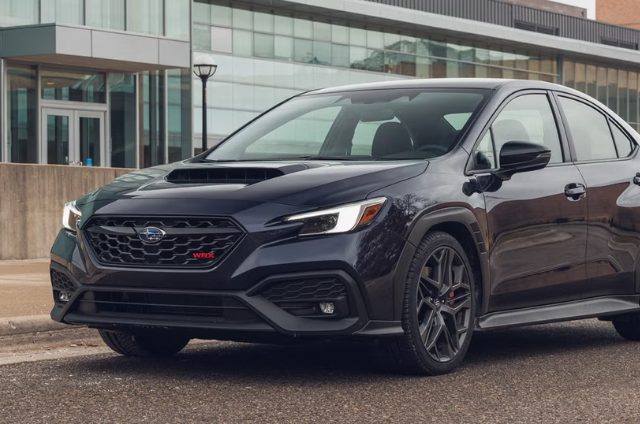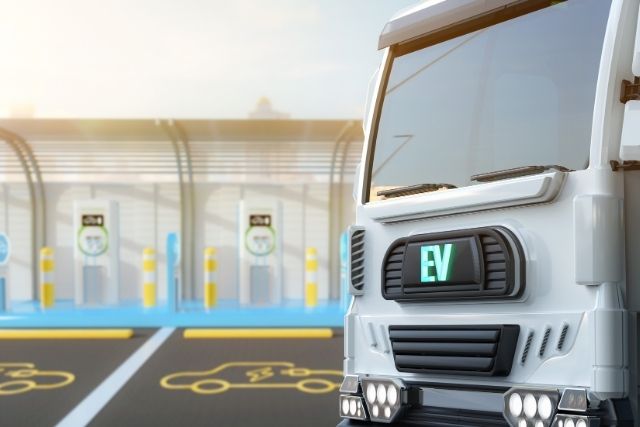Ford is giving a boost to electric vehicle (EV) buyers in the U.S. with a special offer: free home chargers. Starting on October 1, 2024, customers who buy or lease a new Mustang Mach-E, F-150 Lightning, or E-Transit will receive a complimentary home charger along with professional installation at no extra cost. This promotion will be available until January 2, 2025, Ford CEO Jim Farley announced on LinkedIn.
Free Home Chargers Installation
The initiative comes after a recent U.S. survey, which revealed that 90% of potential EV buyers would be more likely to go electric if they could easily charge their vehicle at home. However, many respondents were unaware of the installation process and costs. Farley emphasized that this offer aims to remove those barriers, providing more convenience and reducing the stress around charging infrastructure.
Farley shared his thoughts on LinkedIn after a recent EV road trip across Europe. He praised Europe’s charging infrastructure, which provided him with reliable charging experiences. This was in stark contrast to his earlier California trip, where he faced multiple charging difficulties.
Farley noted that while Europe still has work to do to achieve mass coverage, the existing infrastructure greatly reduces “range anxiety” for EV drivers, a key reason adoption has slowed in the U.S.
Ford’s Changing EV Strategy
Ford’s move comes at a time of strategic shifts in their EV lineup. In August 2024, the automaker canceled plans for a three-row electric SUV and postponed the release of a new electric version of its F-150 pickup truck to 2027. Ford is expected to reveal more details about its evolving EV strategy in the first half of 2025.
While the company delivered 23,957 EVs in the U.S. in the second quarter of this year, its EV segment, known as Model E, reported a loss of $1.14 billion during the same period. Ford expects its EV division losses to total between $5 billion and $5.5 billion by year-end, largely due to pricing pressures and lower sales.



